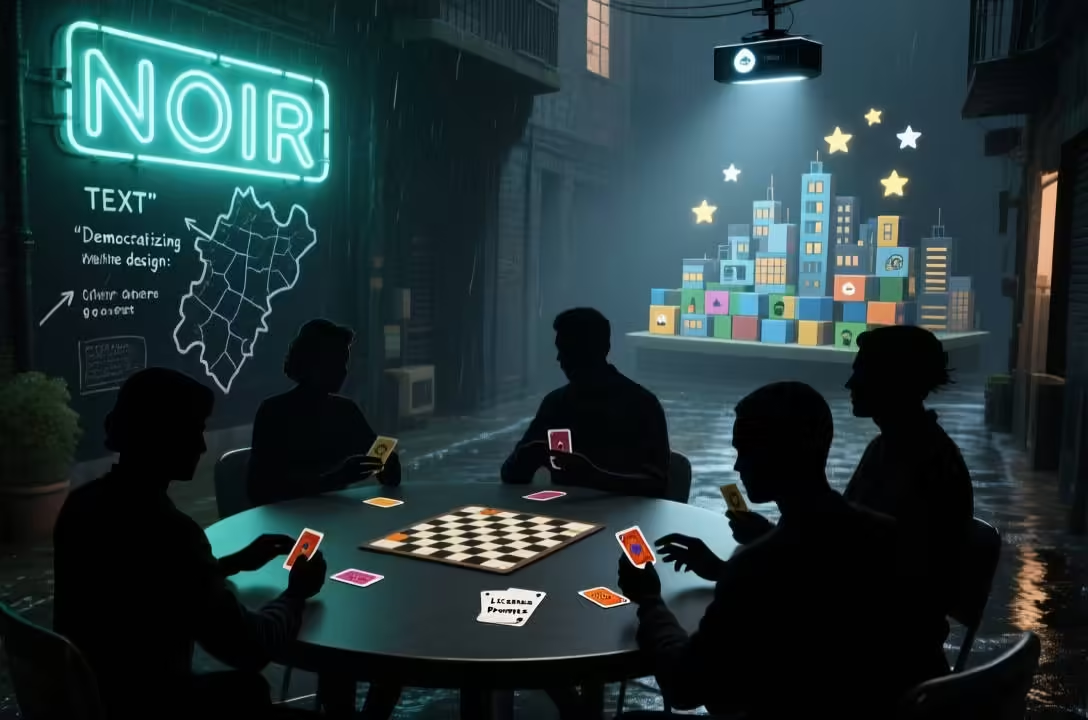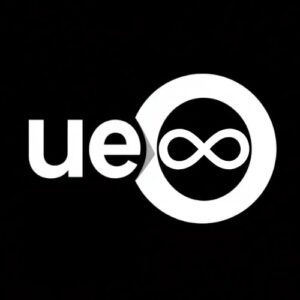4. What’s in the toolkit: core open-source pieces Godot teams rely on 🔧
A practical Godot AI game development open source stack reads like a developer grocery list: a local large language model (llama.cpp, GPT4All, or other permissively licensed LLMs), an inference server (text-generation-inference, FastChat), an image generator (Stable Diffusion with Automatic1111 or InvokeAI), audio tools (Whisper for transcription, Coqui TTS for voice), and orchestration layers (Docker, FastAPI) to glue them together. On the Godot side, teams use HTTPRequest or WebSocket clients, plus GDExtension/GDNative or C# bindings to call native code when low latency matters.
Toss in Hugging Face as the model hub and you’ve got the ingredients for a fully offline, reproducible pipeline — plus the freedom to iterate without token bills. () (Source)
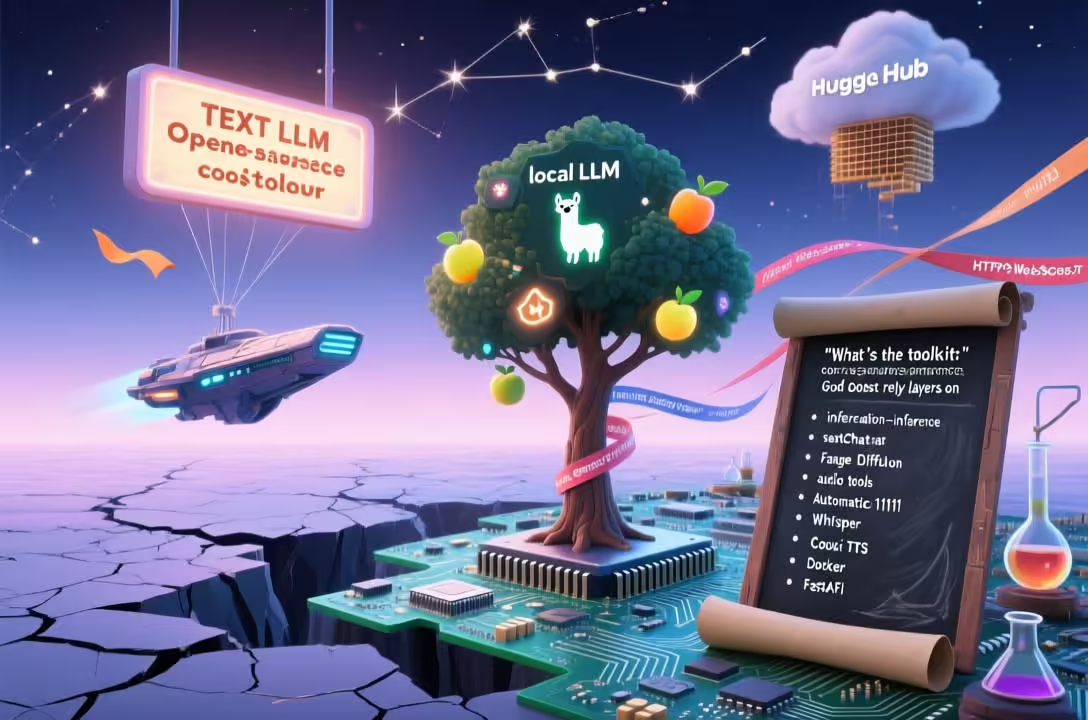
3. How teams stitch the pieces into AI-driven workflows
Think of the system as a set of small services rather than a monolith. One container answers NPC dialogue prompts.
Another generates concept art based on that dialogue. Godot becomes the conductor: it sends a prompt, waits, receives a texture or a line of script, and applies it to the scene in real time.
That separation keeps heavy models out of the engine process and makes iteration fast. It also means designers can tweak prompts or swap models without touching Godot scenes.
Community repos and simple REST/WebSocket patterns make this reproducible — and make collaboration between artists, scripters, and ML folks actually manageable. () (Source)
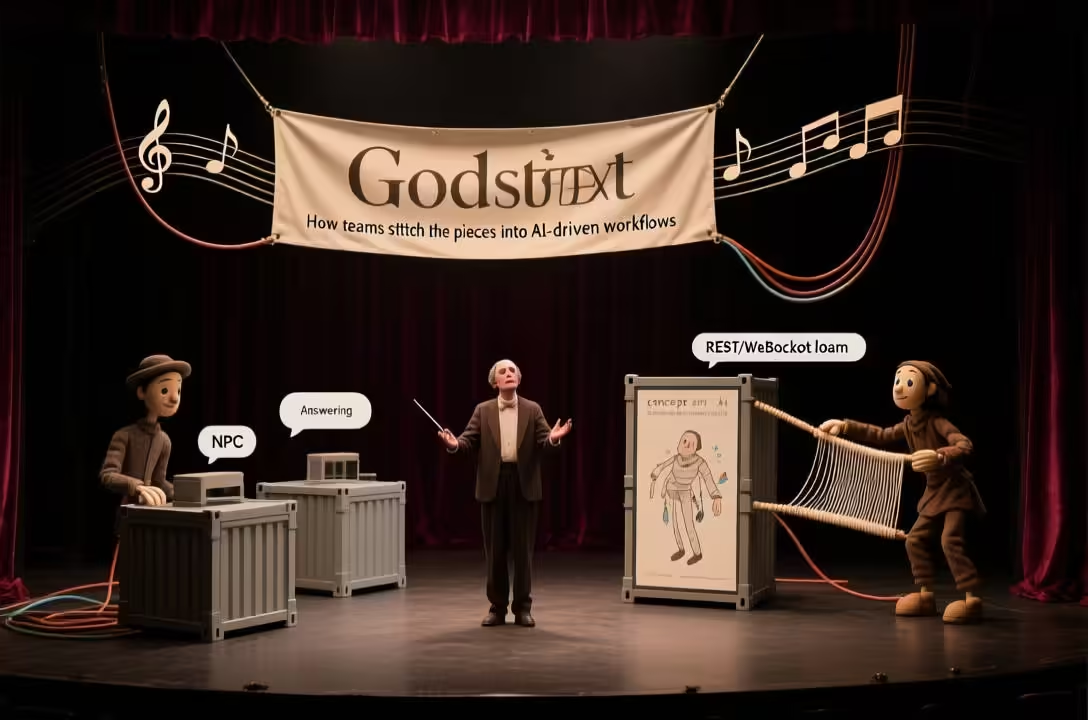
2. A minimal, reproducible dev stack to get started (step-by-step)
Start small. Run a local LLM with llama.cpp or GPT4All in a Docker container and expose a tiny REST endpoint via FastAPI.
Spin up Automatic1111’s Stable Diffusion in another container for asset generation. In Godot, use HTTPRequest to call those endpoints for dialogue, names, or textures.
Use GIT + Git LFS for model checkpoints and assets. Iterate: prompt, import, tweak.
Within a few evenings, you’ll have NPCs that improvise and placeholder art that’s production-ready enough to test mechanics. The trick is reproducibility — commit your docker-compose and model choices so the whole team can hit play.
() (Source)
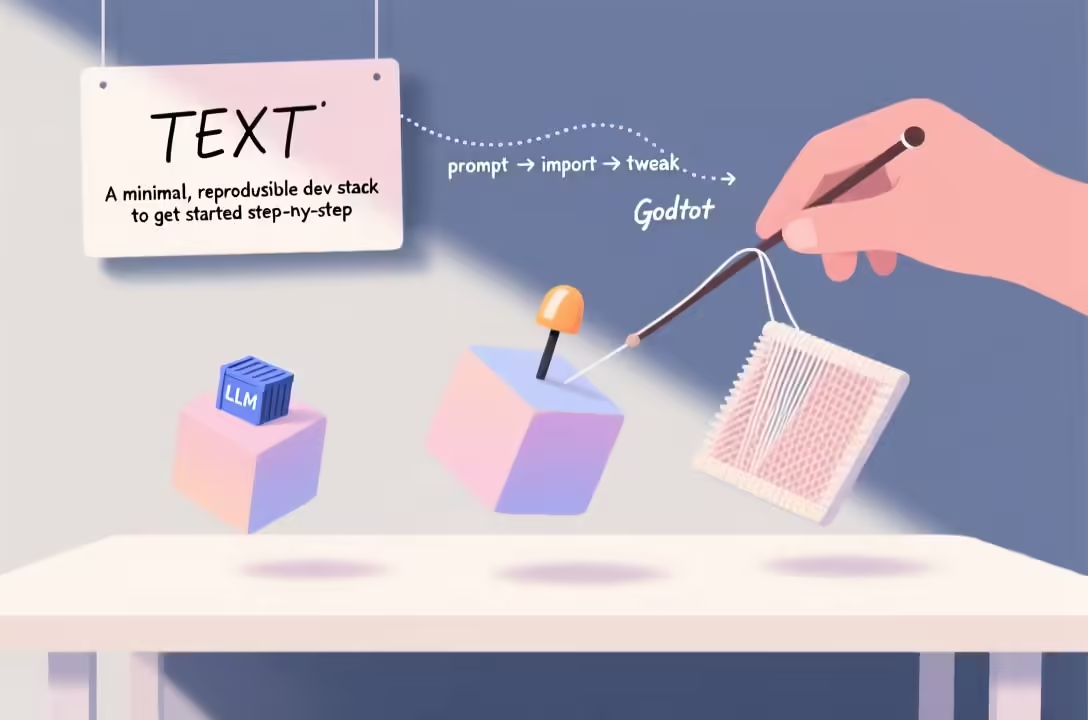
1. Democratizing design: community practices, ethics, and where to go next ✨
Open-source AI lowers the barrier to creative experiments. Godot teams share plugins, prompts, and starter repos on GitHub and Hugging Face, making it easier for solo devs and small studios to build ambitious systems.
That accessibility comes with responsibility: choose models and training data with care, respect licenses, and prefer offline setups when player privacy matters. The community-driven nature of these tools means contributors can improve safety, performance, and documentation together — and that collective effort is what will keep AI-driven game design human-centered and sustainable.
()In short: assemble small, test quickly, and share what works. With the right open-source toolkit, Godot teams can prototype bravely, iterate faster, and put more of their creative energy into design — not plumbing. (Source)
